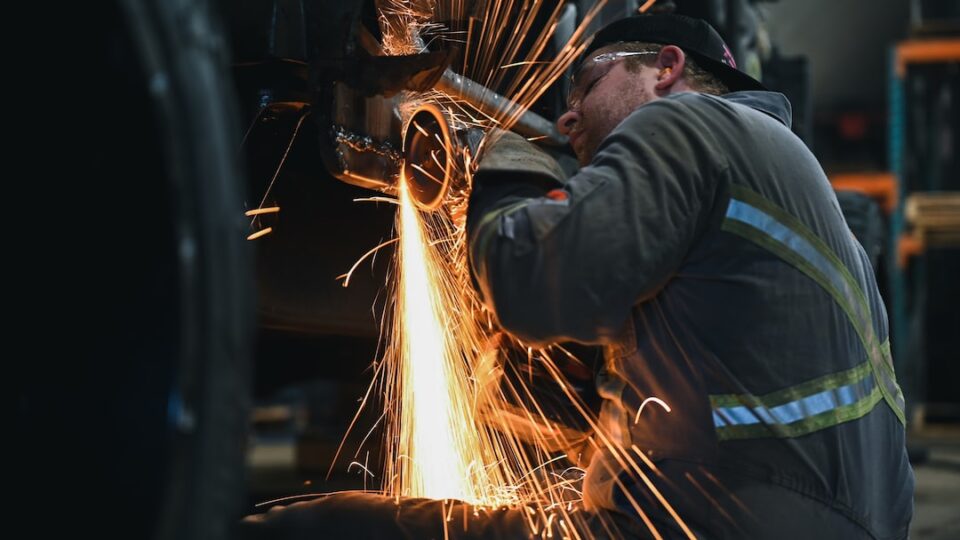Virtual and augmented reality (VR/AR) have revolutionized numerous industries, and manufacturing is no exception. These advanced technologies have gained significant attention in recent years due to their potential to transform various aspects of the design and training processes within manufacturing.
One area where VR/AR is making a profound impact is in manufacturing design. Traditionally, designers relied on 2D drawings or physical prototypes to visualize their designs. However, these methods often fell short in providing a comprehensive understanding of the product’s functionality and aesthetics.
With VR/AR, designers can now create and simulate 3D models, allowing them to explore every aspect of the product in a virtual environment. This allows for better visualization of designs and helps identify potential issues or improvements early on in the process. By being able to virtually interact with the product, designers can gain valuable insights into its ergonomics, maintenance requirements, and even production feasibility.
In addition to enhancing the design process, VR/AR also plays a vital role in manufacturing training. Training new employees in complex manufacturing processes can be time-consuming and costly. Traditionally, trainees had to rely on manuals or watch videos for guidance, which often did not provide a hands-on experience.
Virtual and augmented reality have transformed training by providing a immersive and interactive environment for trainees. By simulating the manufacturing process in a virtual world, trainees can practice and learn without the risk of damaging physical equipment. They can interact with virtual machines, tools, and components, and even experience real-life scenarios, such as troubleshooting or emergency situations.
The benefits of VR/AR in manufacturing training are numerous. Firstly, it reduces the time and cost associated with traditional training methods, as trainees can practice repeatedly without the need for specialized equipment. This also allows for standardized training across different sites, ensuring consistency in knowledge and skill development.
Furthermore, VR/AR training can significantly enhance worker safety. Trainees can familiarize themselves with potential hazards or risky situations without being exposed to any physical danger. By practicing in a virtual environment, they can learn and make mistakes safely, thus reducing the likelihood of accidents. This results in a more skilled and confident workforce, which ultimately leads to improved productivity and quality of work.
In conclusion, VR/AR technology is transforming the manufacturing industry by revolutionizing design and training processes. By enabling designers to visualize and interact with 3D models, VR/AR enhances the design process, leading to better products and improved efficiency. In training, VR/AR provides a safe and immersive environment for trainees to practice complex manufacturing processes, leading to increased competency and reduced safety risks. As these technologies continue to evolve, they hold the potential to further revolutionize the manufacturing industry, making it more innovative, productive, and safe.


